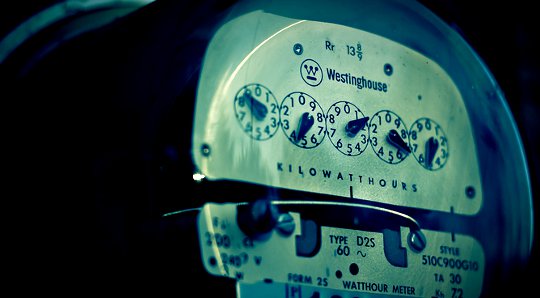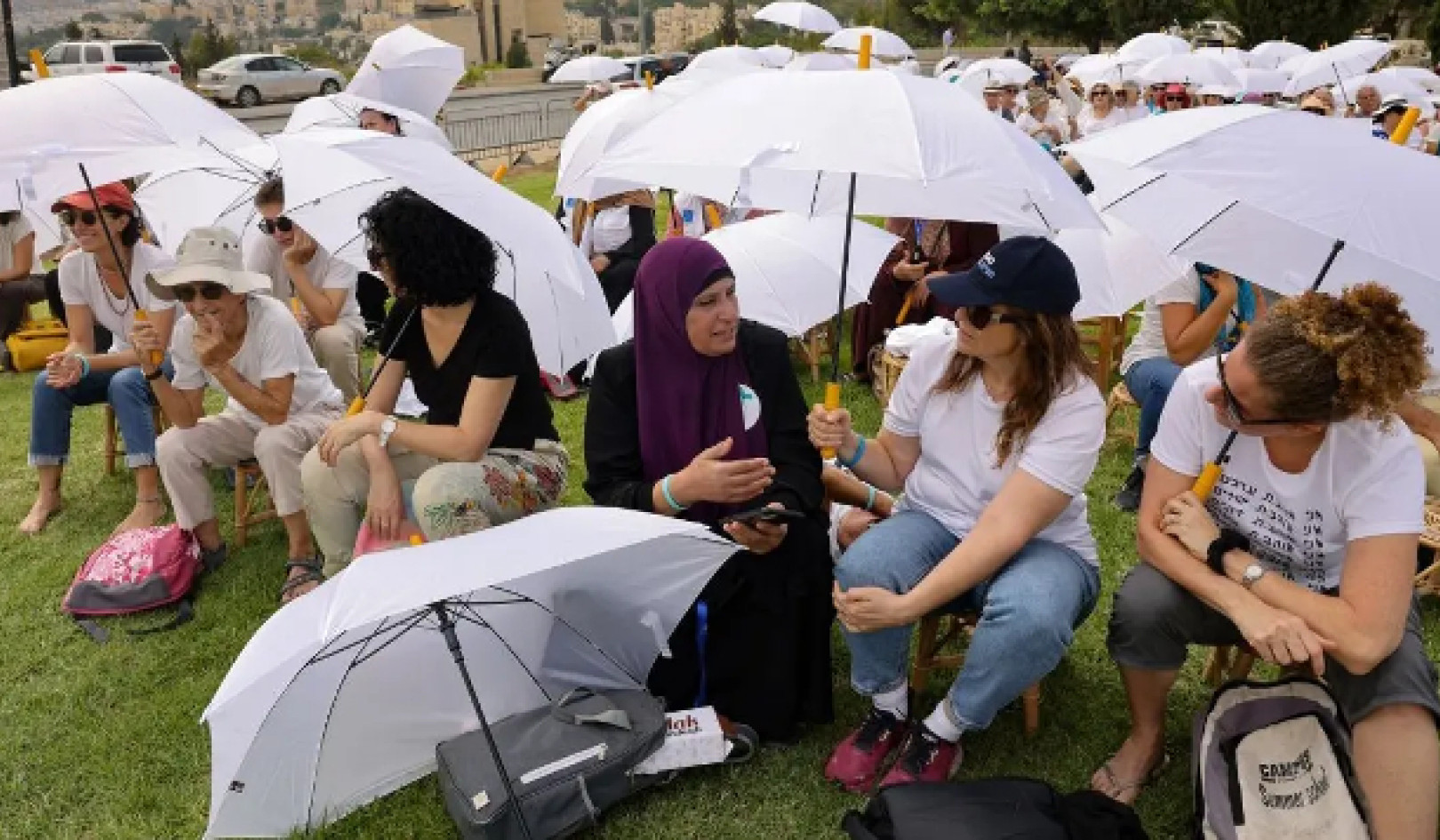
Isn’t there an app that does this? Brian J. Matis, CC BY-NC-SA
What if you could sit at home and use your smartphone to buy energy directly from the wind farm down the road or the solar panels on the local school roof?
New technologies are about to disrupt the traditional energy market in a big way. After all, you can already control your heating from your phone, set your washing machine going from your tablet, and tell your oven when you want your dinner cooked from your office. We’re not far off the point where you’ll be able to tell your energy company you want to buy solar when it’s sunny and wind when it’s windy.
This combination of cheap renewable energy, even on a small scale, with digital technologies presents a massive challenge to those big utilities who have grown used to simply posting you your bill once a quarter.
In most countries large utilities control the generation, distribution and sale of energy. In the UK the big six control 95% of the market between them.
Buying Power from Your Local Wind Farm or Solar Panels
Your local solar farm or biogas plant can’t just jump in and compete directly – it has to sell into the grid through a wholesale market. That energy can then change hands multiple times before finally ending up with your supplier and on your bill. The physical electrons on the other hand don’t care who owns them and they go straight out of the solar farm to the closest consumer they can find. Remember from high school electronics? Electricity is lazy.
So why can’t you already buy your power from the local wind farm? The owner of the turbines would get a better rate and so would you. After all, fewer middlemen surely means cheaper electricity.
This is indeed the case, until those calm, still evenings of summer when your wind farm isn’t doing so well and you want ice in your drinks. It’s right then that you need an energy company with lots of different types of generation to back you up. Until very recently there hasn’t been a way of getting the benefits of clean, local energy at the same time as keeping the lights on or the mojitos cool.
In our research we investigated some new types of energy company that are looking to trade local power, help you reduce your energy bills and plough value from the energy sector back into local communities.
Peer to Peer Energy Platforms
Our report shows that a host of innovative business models are emerging in the energy sector that are proving a real challenge to fit into an energy system used to operating big national markets through multinational companies. We found an energy system that is missing the opportunities of local energy supply and has seen new entrants innovate underneath it.
Imagine a version of Uber that dealt with your electricity bill – start-up tech companies are already on the case, offering peer to peer energy platforms. New community enterprises are trialling smart meter installations to get cheaper bills by physically shifting power to cheaper parts of the day. Bigger organisations such as local authorities are setting up full blown energy companies in order to build more local generation and get a fairer deal for their citizens.
Fitting all of this innovation into a national system that has to contend with EU regulations as well as keep an energy grid in perfect balance 24 hours a day and seven days a week is no easy task. The government knows this and so does the regulator. Energy secretary Ed Davey has supported the Local Electricity Supply report, and there has recently been an update to the UK’s Community Energy Strategy to help grow these new companies. The regulator Ofgem is curating an open discussion on how non-traditindonal business models might help or hinder the system and impact on consumers.
Local energy service companies can help small businesses and households save money. They can plough money back into the local economy that currently leaks out of our cities like heat through an uninsulated loft. More, smaller companies armed with smart technologies and new approaches to energy services could mean a move from the big six to the “little six thousand”.
![]() This article was originally published on The Conversation.
This article was originally published on The Conversation.
Read the original article.
About the Authors
 Stephen Hall is a Research Fellow in energy economics and policy at University of Leeds. His doctoral work focused on sustainable infrastructures and the urban process. His current post-doctoral research investigates energy transitions, infrastructure finance and the role of cities in sustainable futures.
Stephen Hall is a Research Fellow in energy economics and policy at University of Leeds. His doctoral work focused on sustainable infrastructures and the urban process. His current post-doctoral research investigates energy transitions, infrastructure finance and the role of cities in sustainable futures.
 Katy Roelich is a Senior Research Fellow in Climate Change and Energy Policy at University of Leeds. She is a chartered engineer with 10 years' industrial experience. Her current research centres on the governance of sustainable transitions and in particular transitions in energy systems and consumption. More specifically her interests are related to the constraints created by policy and regulation on sustainable transitions; how governance of sustainable transitions can be more adaptive and dynamic; and the role of communities and municipalities in governance of sustainable transitions.
Katy Roelich is a Senior Research Fellow in Climate Change and Energy Policy at University of Leeds. She is a chartered engineer with 10 years' industrial experience. Her current research centres on the governance of sustainable transitions and in particular transitions in energy systems and consumption. More specifically her interests are related to the constraints created by policy and regulation on sustainable transitions; how governance of sustainable transitions can be more adaptive and dynamic; and the role of communities and municipalities in governance of sustainable transitions.
Related Book:
at

Thanks for visiting InnerSelf.com, where there are 20,000+ life-altering articles promoting "New Attitudes and New Possibilities." All articles are translated into 30+ languages. Subscribe to InnerSelf Magazine, published weekly, and Marie T Russell's Daily Inspiration. InnerSelf Magazine has been published since 1985.

Thanks for visiting InnerSelf.com, where there are 20,000+ life-altering articles promoting "New Attitudes and New Possibilities." All articles are translated into 30+ languages. Subscribe to InnerSelf Magazine, published weekly, and Marie T Russell's Daily Inspiration. InnerSelf Magazine has been published since 1985.






















